Dealing with Garden Pests: Natural Solutions to Protect Your Plants
Pests are a regular part of gardening, whether you’re growing vegetables, flowers, or a mix of both. From chewed-up leaves to holes in your tomatoes, bugs and critters can do a lot of damage when left unchecked. And once they settle in, they can spread quickly through your garden beds.
While chemical sprays might seem like the fastest solution, they can also harm helpful insects, pollute the soil, and even mess with the health of your plants over time. Natural solutions work more gently, helping you handle the problem without causing bigger ones in the future.
This post may contain affiliate links, which helps keep this content free. Please read our disclosure for more info.
Identifying Common Garden Pests
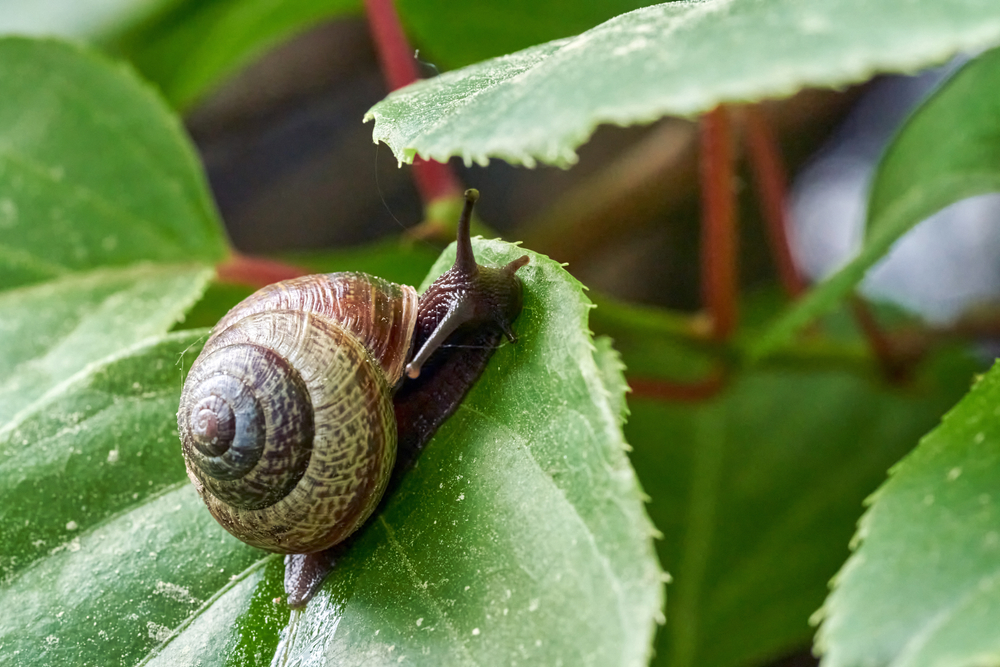
Some of the most common garden pests include aphids, slugs, caterpillars, and beetles. Aphids cluster on leaves and suck the sap out of them, slugs chew through young greens, and caterpillars can take down entire plants overnight if you’re not careful.
You’ll know you have a pest problem if your plants look wilted even when watered, if there are holes in leaves or fruit, or if you notice sticky residue or black spots on the stems. It’s also important to learn which bugs are troublemakers and which ones are actually helping you out, since not all creepy crawlies are bad news.
The Role of Beneficial Insects
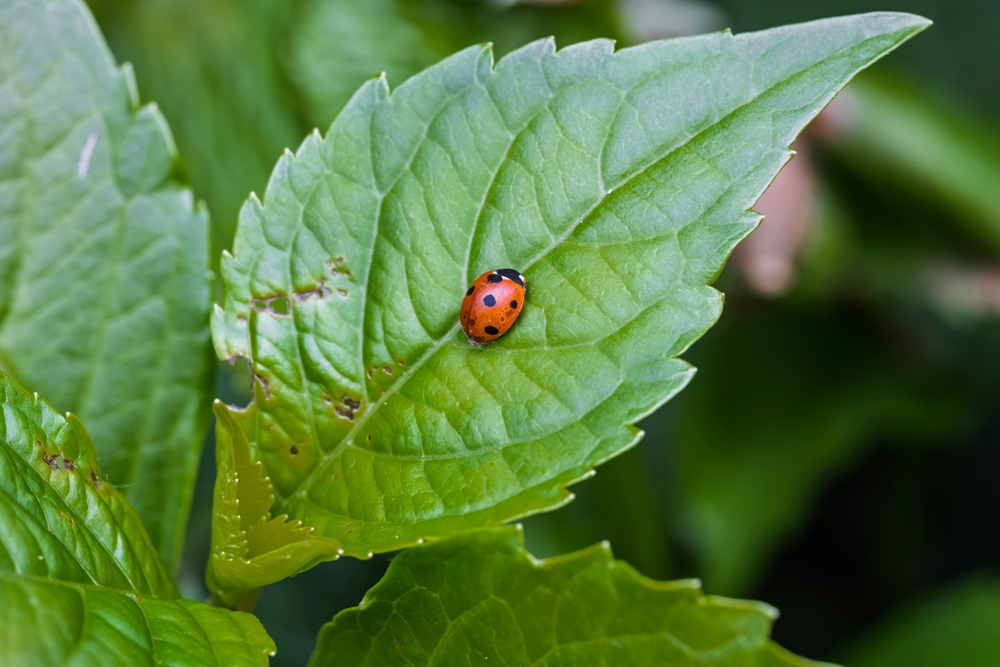
Not every bug in your garden is out to destroy your plants. Some insects are actually helping you keep pest numbers in check.
To bring more of these helpers to your yard, try these things.
- Planting nectar-rich flowers like dill, fennel, and yarrow
- Avoiding sprays that harm all bugs, not just the bad ones
- Leaving small wild patches where good bugs can rest and lay eggs
Ladybugs, lacewings, and certain beetles feed on aphids, mites, and other harmful bugs. If you’re lucky enough to spot them, you’ve already got a built-in line of defense.
Companion Planting for Pest Control
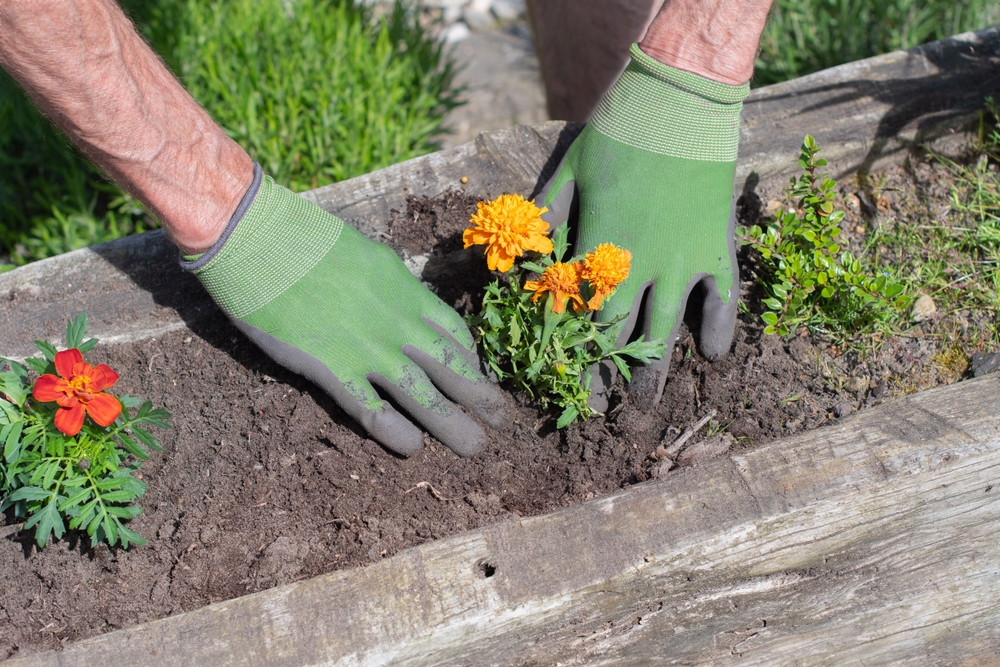
Companion planting means growing certain plants together that help protect each other from pests. Some plants give off strong scents that bugs can’t stand, while others lure the pests away from your main crops. It’s a simple method that’s been used for generations.
- Marigolds repel aphids and nematodes
- Basil protects tomatoes from flies and hornworms
- Garlic planted along borders helps keep beetles and slugs away
Think about how your plants can support each other naturally. With a bit of planning, companion planting can be both pretty and practical.
Natural Pesticides and Homemade Solutions
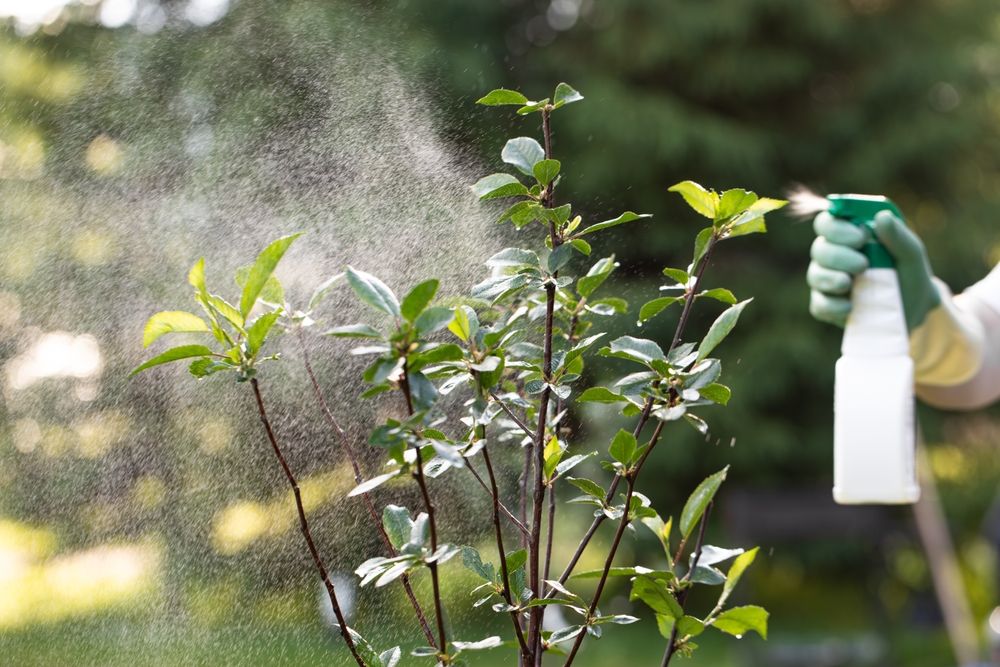
There are plenty of natural products you can spray on your plants to keep pests in check. Neem oil, insecticidal soap, and diatomaceous earth are all popular choices that don’t harm the environment when used properly. They target bugs without poisoning the rest of your garden.
Here’s a simple spray you can try at home.
- Mix 1 bulb of garlic, 1 teaspoon of cayenne pepper, and a few drops of dish soap in a quart of water
- Blend, strain, and spray on affected leaves in the early morning or evening
These sprays won’t last as long as store-bought ones, so reapply every few days or after rain.
Organic Mulching and Ground Covering
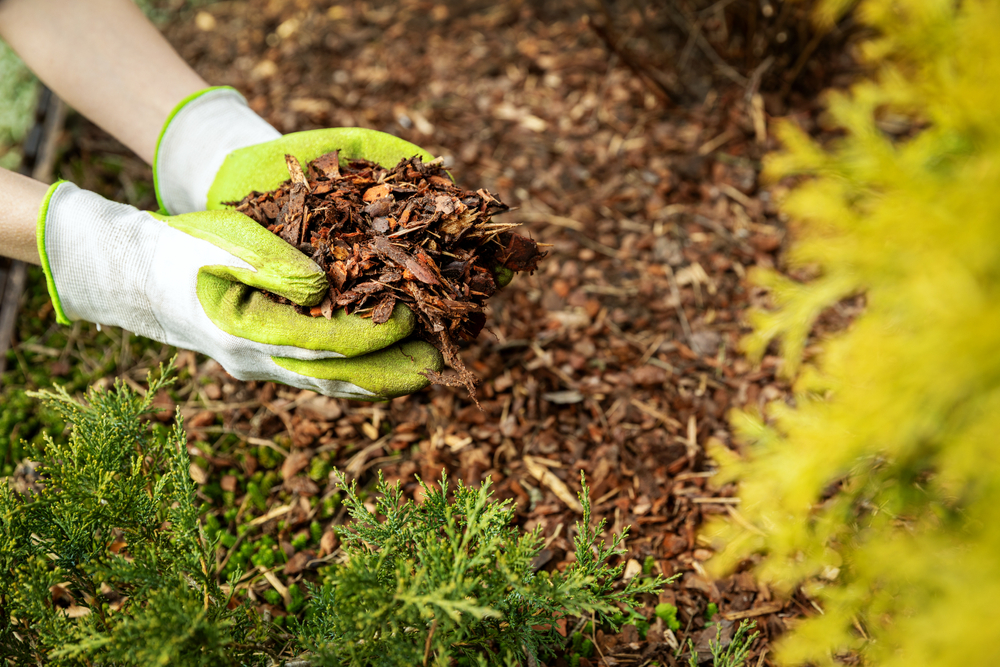
Aside from keeping weeds down, mulching also helps cut down on pests. Certain mulches, like cedar chips, have smells that bugs don’t like. Straw or grass clippings create a barrier that makes it harder for bugs to get to your plants.
Ground covers like clover are another option. They can crowd out weeds and attract good bugs while keeping the soil healthy. Just keep them trimmed so they don’t get out of control. It’s a simple way to create a less welcoming environment for pests without using anything harmful.
Organic Weed Management
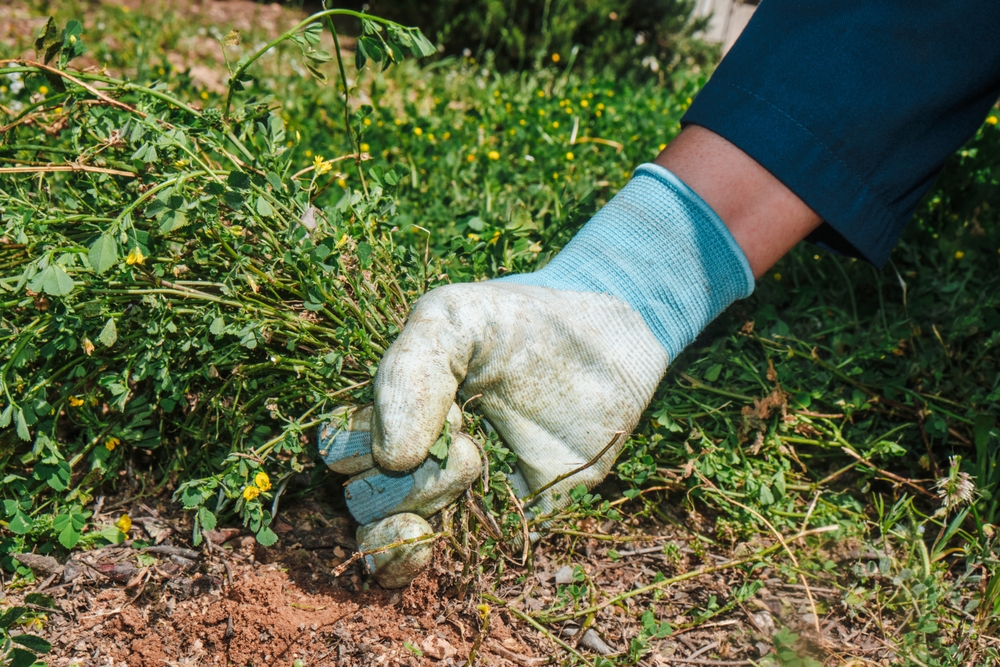
Weeds might seem harmless, but they often hide pests and give them a place to live. Letting weeds grow around your garden can attract unwanted bugs that move onto your vegetables or flowers once they’re done snacking on the weeds.
Here’s how you can manage weeds in your garden naturally.
- Pull them by hand after watering or rain
- Use a hoe to get them out at the root
- Lay down mulch or ground covers to block new growth
Keeping weeds under control makes it harder for pests to take hold in the first place.
Encouraging Natural Pest Predators in Your Garden
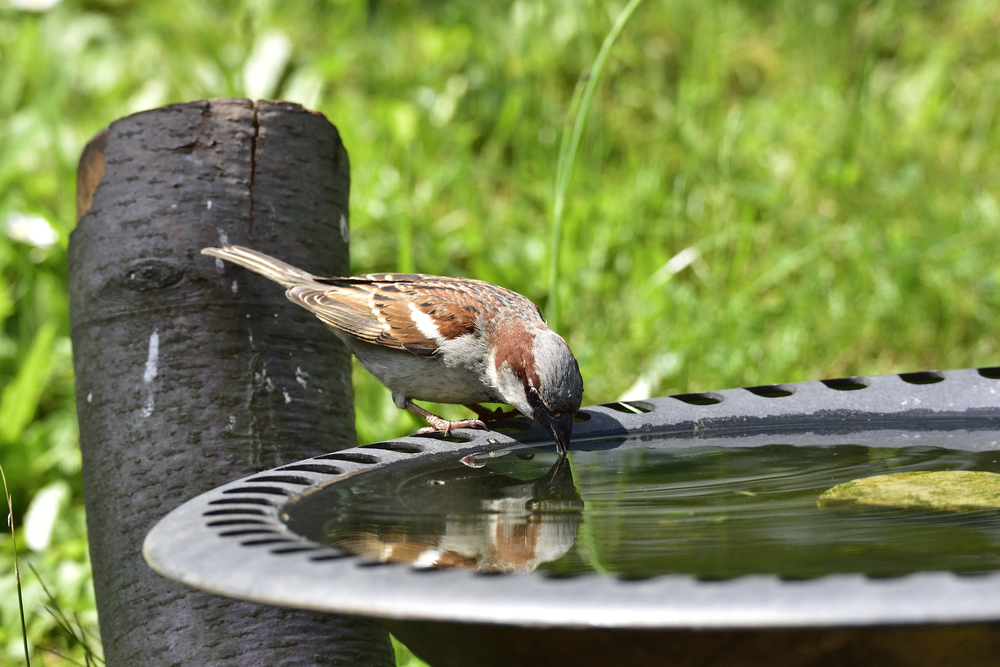
Birds, frogs, and toads all love to snack on garden pests. If you can get them to visit regularly, they’ll help manage things naturally without much work on your end. You just have to make your yard a place they want to hang out.
- Add shallow water dishes or birdbaths
- Keep small piles of wood or rocks for frogs and toads
- Put up birdhouses or leave some natural areas untrimmed
The more variety in your yard, the more likely predators are to stick around.
Managing Soil Health for Pest Control
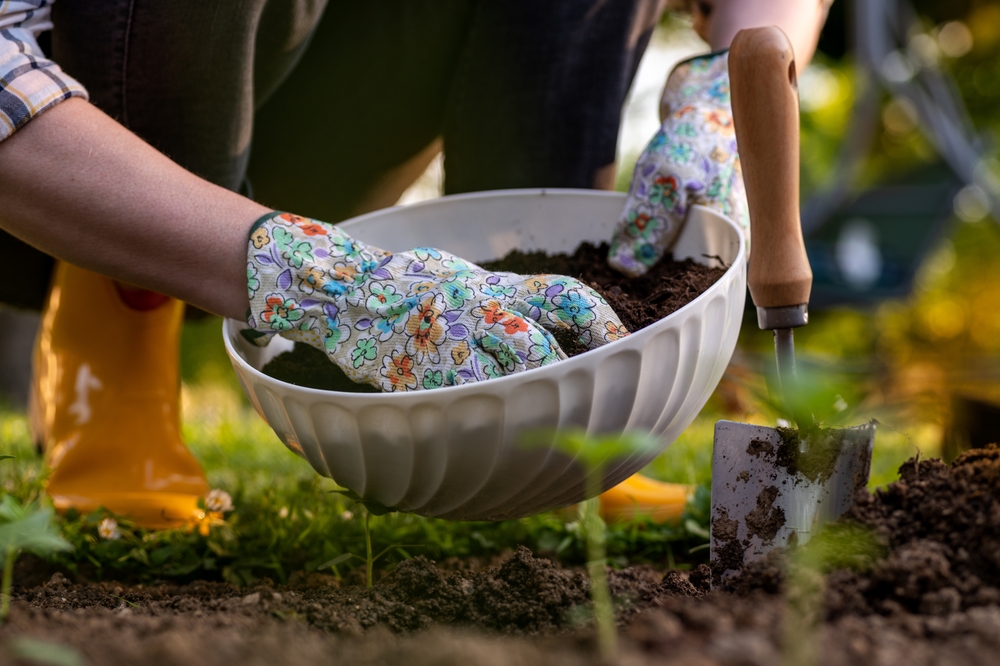
Healthy soil makes stronger plants, and strong plants are better at fending off pests. Soil that’s rich in nutrients and full of life helps roots grow better, which makes it harder for pests to take over.
Adding compost and organic matter helps feed your soil naturally. Stick to watering in the morning to avoid soggy roots, and avoid over-fertilizing, which can actually make plants more appealing to certain bugs. Good soil is the foundation of a healthy garden.
Preventative Measures to Keep Pests Away

and stems, and pluck off bugs or eggs when you see them. The sooner you spot an issue, the easier it is to handle.
Here are some simple prevention habits:
- Rotate crops each season
- Clean and dry your garden tools regularly
- Space plants properly to improve air flow
A little effort here and there goes a long way in keeping pests from settling in.
Taking care of pests naturally doesn’t have to be complicated. With the right mix of planning, observation, and a few homemade tricks, you can keep your plants happy without resorting to harsh chemicals.
This article originally appeared on Avocadu.
